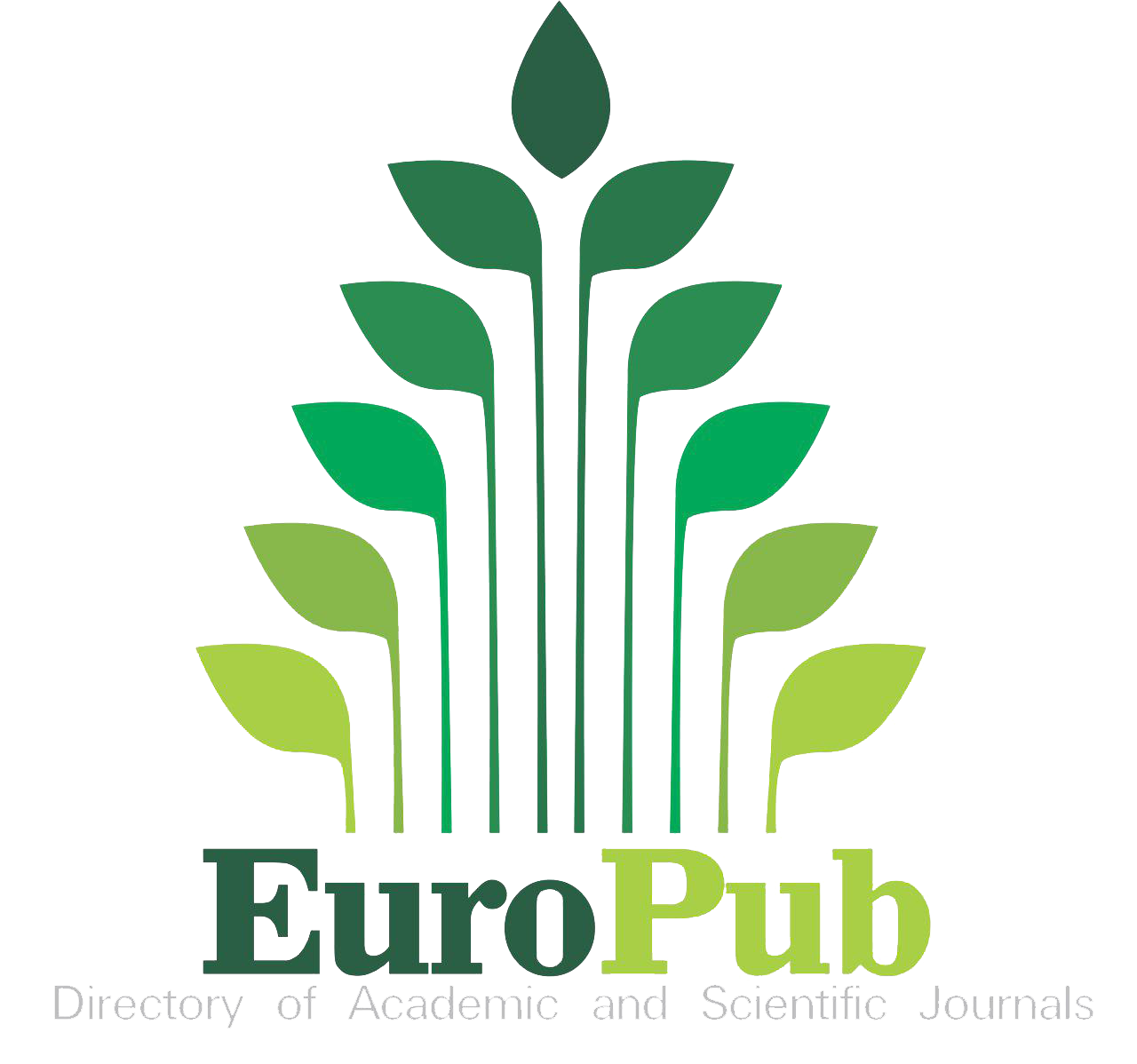Examining the Basic Level Students’ Writing Proficiency
DOI:
https://doi.org/10.54536/ajahs.v4i1.4014Keywords:
Basic Level, Children’s Writing, Literature, Writing SkillsAbstract
This paper examines the basic level of students’ writing proficiency and credibility in Nepali context. Most of the school teachers do not seem to be aware of the importance of students’ writing in English as a Foreign Language (EFL) classes at the age of six or seven, even if it is prescribed in the syllabus. The monitoring system has not been effectively implemented. Teachers have not been updated through regular training. Nor are they strictly rewarded or punished for their performances. Currently, basic-level student writing is an emerging task. Several scholars have worked on children’s literature, but there is not sufficient research on children’s basic writing. The study’s findings show that basic-level teachers mostly do not sincerely teach writing skills. Many of them are insufficiently aware of such skills themselves. Both language and literature can be enhanced through better writing skills. Writing skills are mandatory so that the literature genre can be enhanced. The writing skills promote both creative and research writing simultaneously. So, basic-level student’s writing skills have to be strengthened. Teaching writing skills is not as interesting as teaching fairy tales, fairy books, fables and Harry Potter kind of books. The study proposes that educators make students’ writing practice mandatory from class one. This paper employs the explanatory survey and document analysis methods.
Downloads
References
Armstrong, M. (2006). Children writing stories. Open University Press.
Ackerman, C. E. (2017). Writing therapy: Using a pen and paper to enhance personal growth. Positive Psychology. https://positivepsychology.com/writing-therapy.
August, D., & Shanahan, T. (2008). Developing reading and writing in second-language learners: Lessons from the report of the National Literacy Panel on language-minority children and youth. In D. August & T. Shanahan (Eds.), Developing reading and writing in second-language learners. Routledge.
Baral, R. P. (2022). Terrorism and poverty against child rights in South Asia: A rhetorical analysis of speeches of Yousafzai and Satyarthi. The Outlook: Journal of English Studies, 13(1), 89-99. https://doi.org/10.3126/ojes.v13i1.46698
Bauman, M. G. (2007). Brain teasers to help you write on almost anything. Ideas and Details. Thompson.
Beyer, C. (2021). Contemporary children’s and young adult literature. Cambridge Scholars Publishing.
Bidari, S. (2019). Story-based teaching: Activities for young learners. Journal of NELTA, 24(1-2), 233-236. https://doi.org/10.3126/nelta.v24i1-2.27695
Buccieri, L. R. (2022). Writing children’s books. John Willy.
Bohora, G. (2023, June 1). Personal interview. Basic level teacher of Nepali, Shree Kalika Madhyamik Vidyalaya, Sindhupalchok.
Curriculum Development Center. (2019). The syllabus of basic level (Class 1-3). Sanothimi, Bhaktapur.
Crook, M. (2016). Writing for children and young adults. Self-Counsel Press.
Curtin, A. (2023). Reading and writing pathways through children’s and young adult literature. Routledge.
Gurung, D. (2023, June 5). Personal interview. Basic level teacher of English, Shree Sarswati Basic School, Lokanthali, Madyapur Thimi, Bhaktapur.
Gurung, R. K. (2023). Teaching writing skills in EFL classes, especially in lower classes. International Journal of English and Studies, 5(6), 85-95.
Hiscock, A. (2015). The Renaissance, 1485-1660. In P. Poplawski (Ed.), English literature (pp. 110-207). Cambridge University Press.
Jameel Zaino, S. M. (2020). How to educate our children (Dr. Abdulilah ibn Rabah Lahmami, Trans.). Ar-Risala & Invitation to Islam.
Karki, T. (2019). Writing instruction in secondary schools: Unraveling practices and challenges. Journal of NELTA Gandaki (JoNG), 1, 108-118.
Klein, C. B. (2016). The magic words: Writing great books for children and young adults. W. W. Norton & Company.
Ron, C. (2021). The excellent (First Ebook Edition). Hachette Books.
Siegel-Acevedo, D. (2021, July). Writing can help us heal from trauma. Harvard Business Review. https://hbr.org/2021/07/writing-can-help-us-heal-from-trauma. Retrieved June 29, 2022.
Singh, R. E. (2020). A study of written English in Nepal. Tribhuvan University Journal, 35(2), 135-150.
Song, M. H. (2013). On writing, and not writing, as an Asian American. Duke University Press.
Takiuchi, H. (2017). British working-class writing for children. Palgrave.
Downloads
Published
How to Cite
Issue
Section
License
Copyright (c) 2025 Raj Kumar Gurung, Toya Nath Upadhyay

This work is licensed under a Creative Commons Attribution 4.0 International License.








